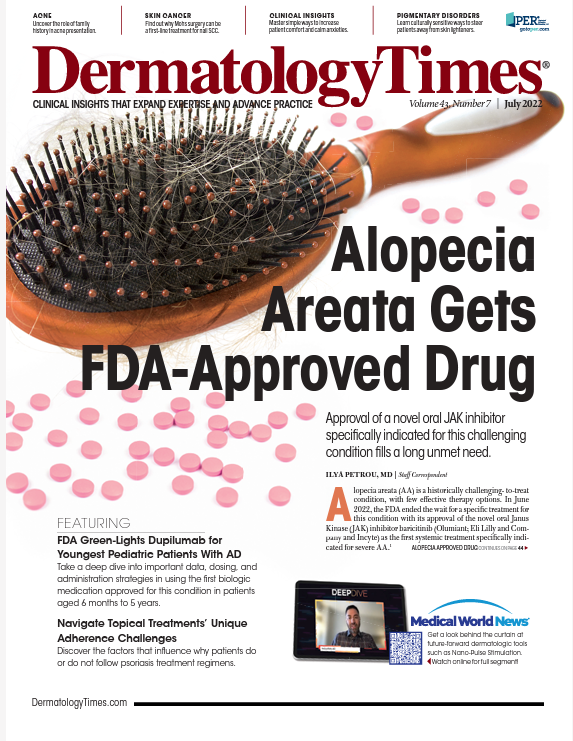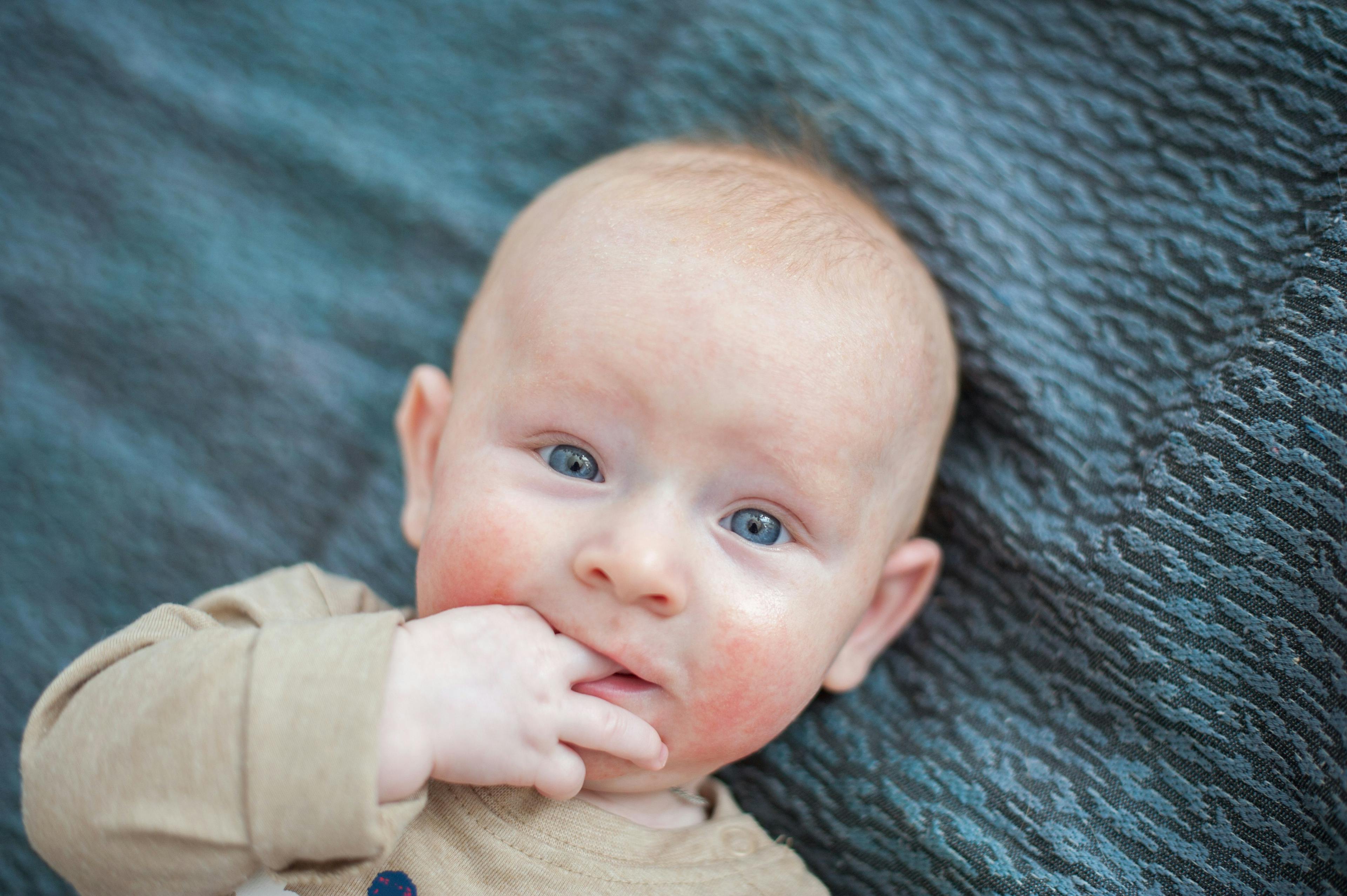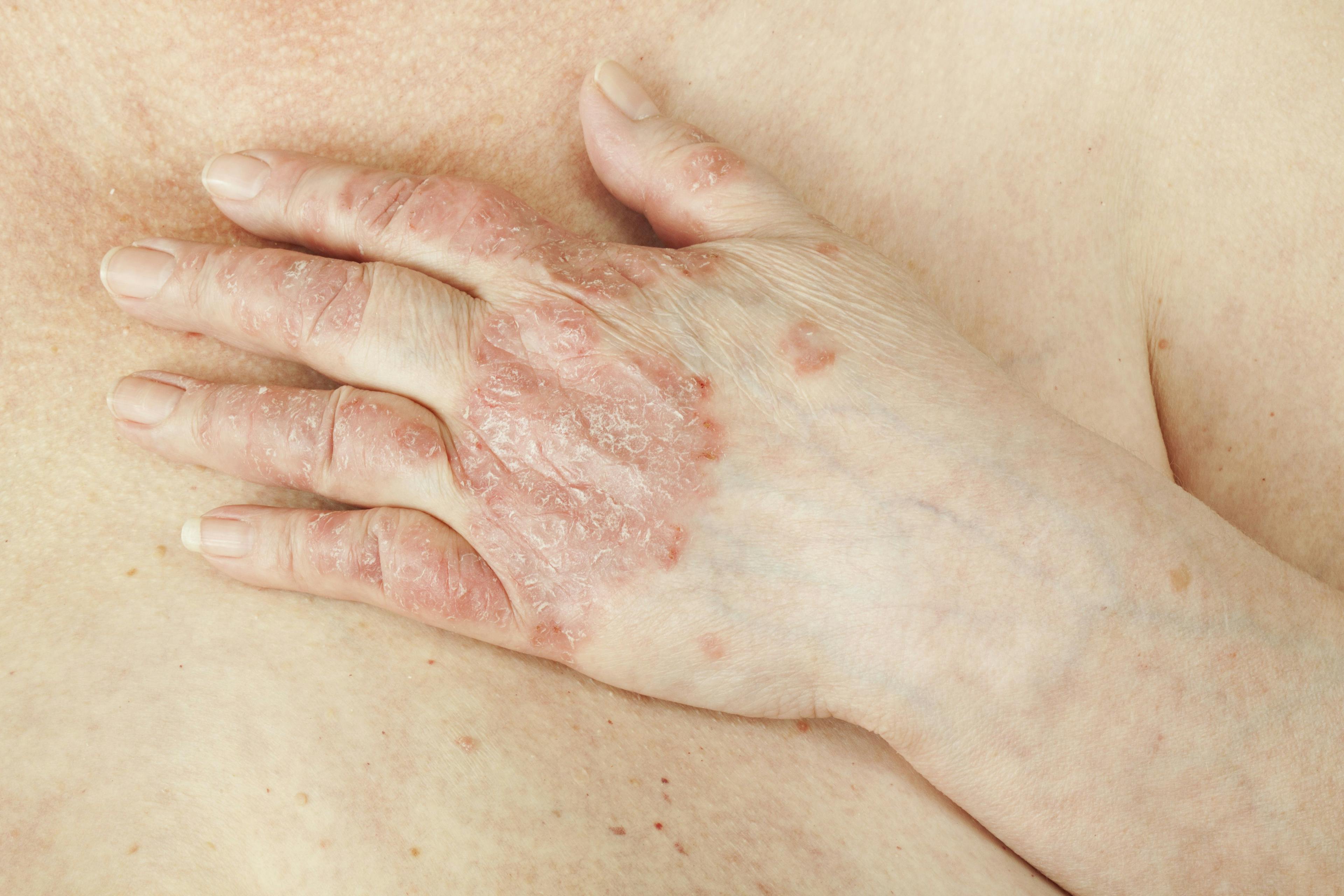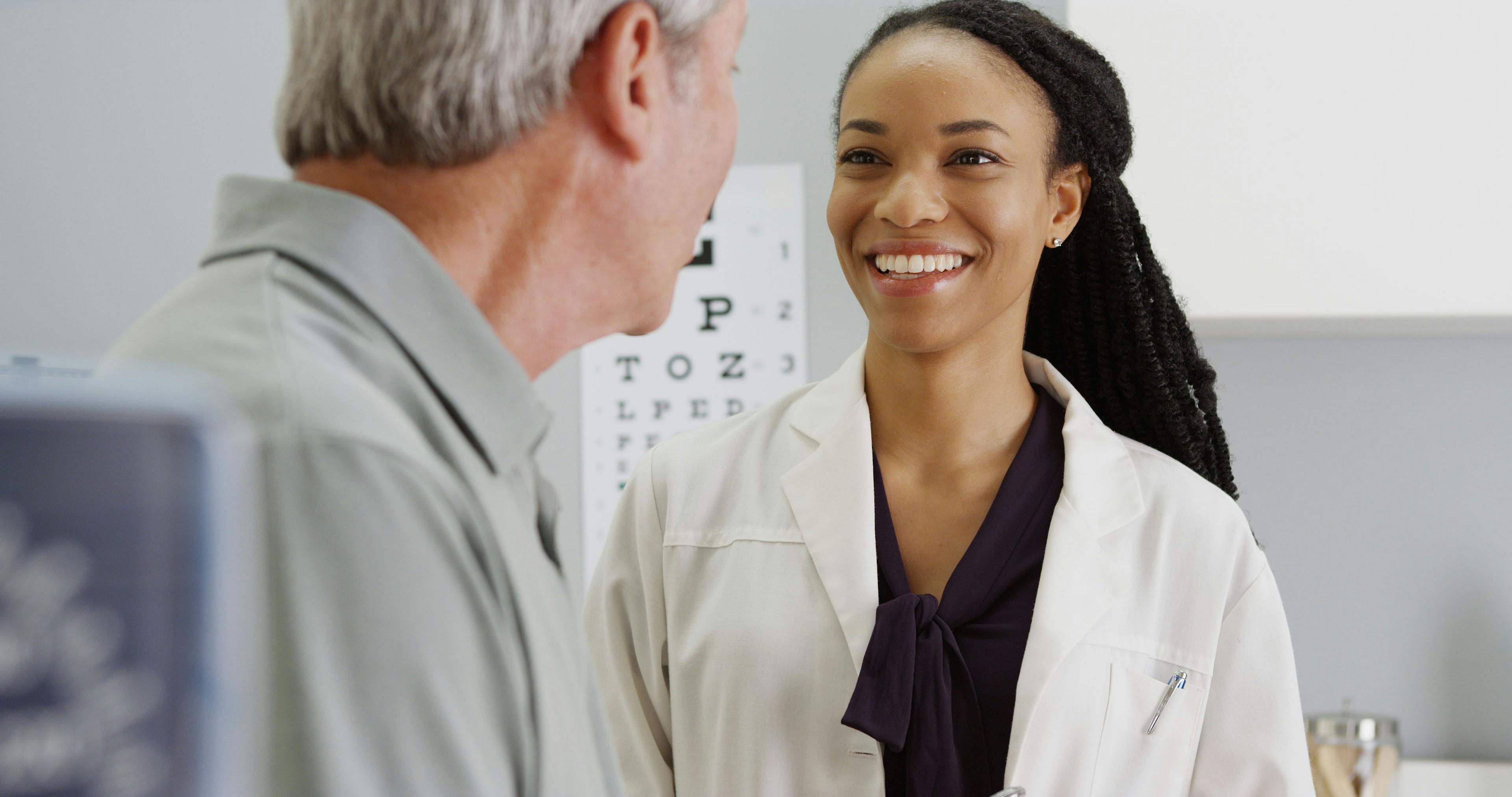- Acne
- Actinic Keratosis
- Aesthetics
- Alopecia
- Atopic Dermatitis
- Buy-and-Bill
- COVID-19
- Case-Based Roundtable
- Chronic Hand Eczema
- Chronic Spontaneous Urticaria
- Drug Watch
- Eczema
- General Dermatology
- Hidradenitis Suppurativa
- Melasma
- NP and PA
- Pediatric Dermatology
- Pigmentary Disorders
- Practice Management
- Precision Medicine and Biologics
- Prurigo Nodularis
- Psoriasis
- Psoriatic Arthritis
- Rare Disease
- Rosacea
- Skin Cancer
- Vitiligo
- Wound Care
Publication
Article
Dermatology Times
Acne and Rosacea Treatment Pearls
Author(s):
Gina Mangin, PA-C, and James Treat, MD, dive into the intricacies of acne and rosacea, going beyond the surface of both skin conditions and giving important treatment tips at the 2022 New Wave Dermatology Conference.
At a lunch time live discussion, Gina Mangin, PA-C, a physician assistant at Sand Lake Dermatology in Orlando, Florida, and James Treat, MD, professor of clinical pediatrics and dermatology and education director, pediatric dermatology at Children's Hospital of Philadelphiathe HUB for Clinical Collaboration in Pennsylvania, discussed treating rosacea and acne.
Mangin discussed the differences in clinical features between acne and rosacea. Comedones will be seen with acne, but not with rosacea, and both papules and pustules can be seen in cases of rosacea, and not acne. Not all acne is the same and the age of the patient who is presenting with the skin condition can play a role in determining what treatments are used.
For instance, Mangin said, for her adult female patients with acne she uses spironolactone, an anti-androgen agent, far more often than she would use with her adolescent patients. Instead, she chooses topical retinoids and traditional oral antibiotics for teen patients. Treat discussed using spironolactone in adolescent patients who needed it, but only once they were a few years into puberty.
Both discussed dosing for spironolactone. Treat starts his patients at 50 mg vs Mangin likes to start off strong typically beginning with 100 mg, with some needing 150 mg. As a rule, she does not have lab monitoring unless in the patient consult it has been determined the patient requiresthem.
Mangin recommends using retinoids for acne treatment as it plays such a significant role in acne management. While it may take time, she noted that she believes that there is a retinoid for every patient. For sensitive patients, she leans to adapalene or may choose a retinol, even though they are not as effective. For patients who still suffer irritation, Treat said that studies have shown that immediate application of moisturizers after retinoids has not been shown to impact efficacy, so adding the treatment may help with the issue of irritation. He noted that patient adherence to treatment may be a difficult hurdle when it comes to any regimen.
Creating a treatment plan is another important area to ensure good outcomes. It is helpful to have an honest conversation about desired results and what the actual timetable may look like with the patient. Knowing whether patients will take oral medications can help determine whether only topicals are on the table.
Reference:
Mangin, G. Treat, J. Acne & rosacea: more than just pimple popping. Presented at: New Wave Dermatology Conference. April 28-May 1, 2022. Coral Gables, Fl.

Newsletter
Like what you’re reading? Subscribe to Dermatology Times for weekly updates on therapies, innovations, and real-world practice tips.






























